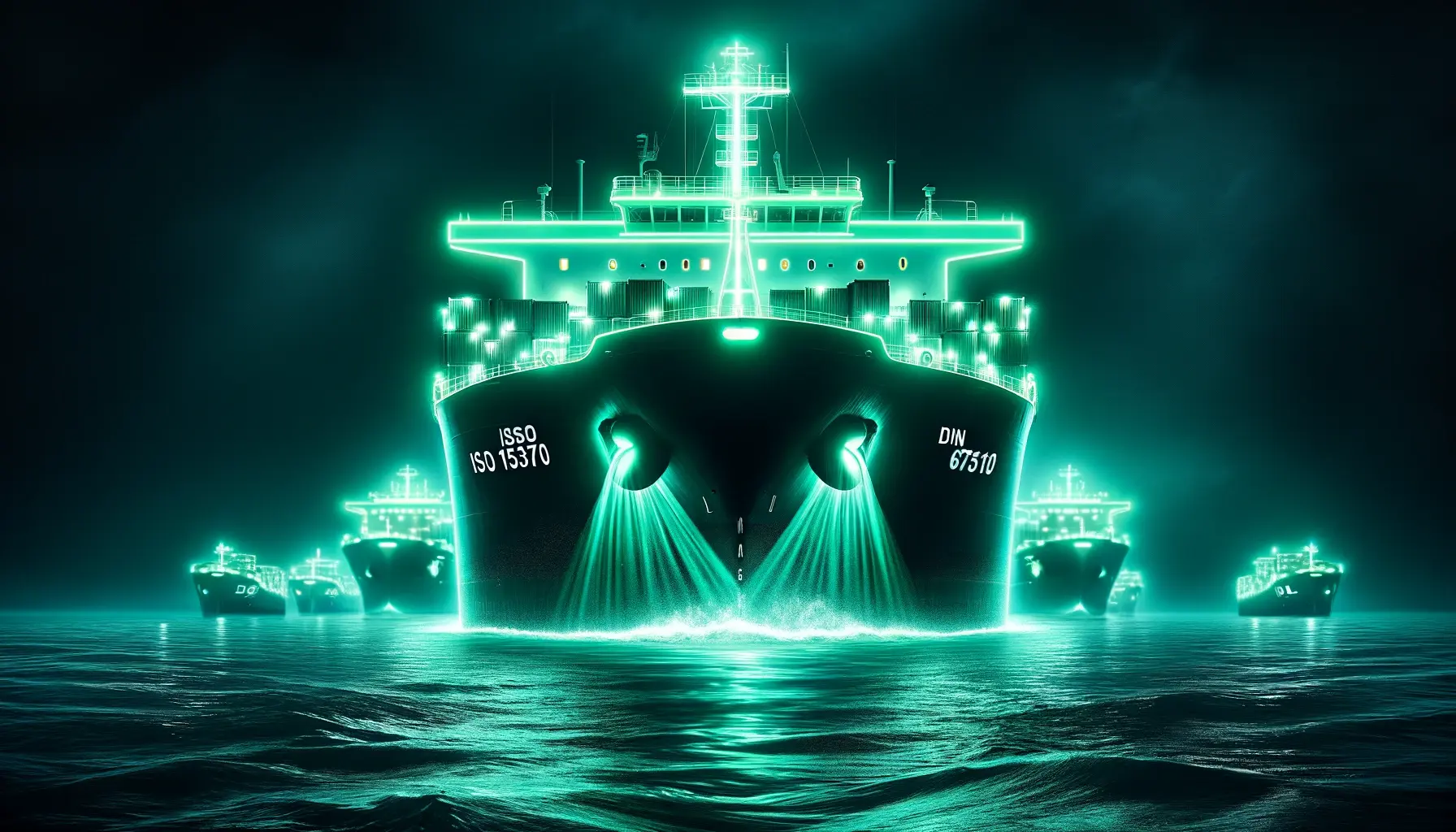
What is the difference between ISO 15370 and DIN 67510 Standards?
Comparing ISO 15370 and DIN 67510 Standards: Testing Brightness of Photoluminescent Materials for Ships and Emergency Exits
Abstract:
This article explores the differences between two key standards, ISO 15370 and DIN 67510, used for testing the brightness of photoluminescent materials. It also looks into which standard is required by the International Maritime Organization (IMO) for ships and Low Location Lighting (LLL) systems used in emergencies.
Introduction:
Photoluminescent materials are often used to guide people during emergencies on ships and in buildings. The brightness of these materials is vital for their effectiveness, and there are standards like ISO 15370 and DIN 67510 that help test this brightness.
ISO 15370 Standard:
The ISO 15370 standard is all about making sure the photoluminescent materials used on passenger ships are bright enough to guide people, especially in low light situations. It has guidelines on how to test and check these materials to ensure they meet the required brightness levels.
DIN 67510 Standard:
On the other hand, DIN 67510 is a German standard that lays down the general rules for testing photoluminescent materials. It’s not specific to ships but covers a wide range of situations, checking how bright these materials are under different conditions.
IMO Regulations and LLL Systems:
The International Maritime Organization (IMO) has certain rules to make sure ships are safe. One of these rules is about having Low Location Lighting (LLL) systems that help people find their way in emergencies. According to IMO, the materials used for these systems should be tested using the ISO 15370 standard.
Comparing the Two Standards:
The main difference between the two standards comes down to how they test the brightness of the materials. The ISO 15370 standard uses a weaker light to excite the sample because it mimics the real conditions on ship decks where the lighting is usually much weaker than the strong 1000 lux light used in DIN 67510 tests. As a result, the brightness results from ISO 15370 tests will be lower compared to those from DIN 67510. These standards also differ in the color temperature and how long the material is exposed to light during testing.
Conclusion:
Following the ISO 15370 standard is crucial for meeting IMO rules and effectively setting up LLL systems on passenger ships. Though DIN 67510 provides a broad framework for testing photoluminescent materials in different settings, it doesn’t meet the specific needs set by IMO for ship safety, making ISO 15370 the preferred standard for maritime use.
